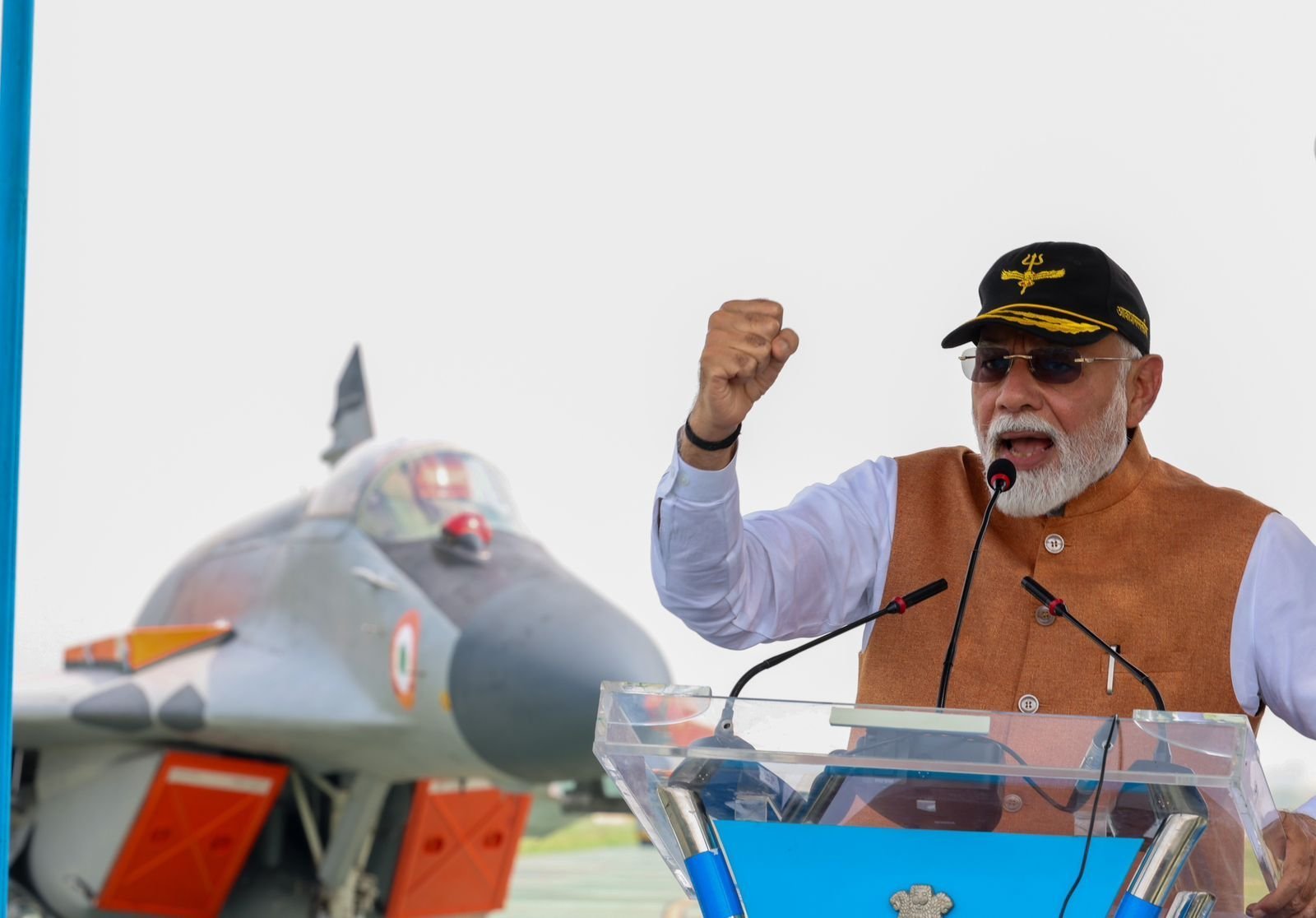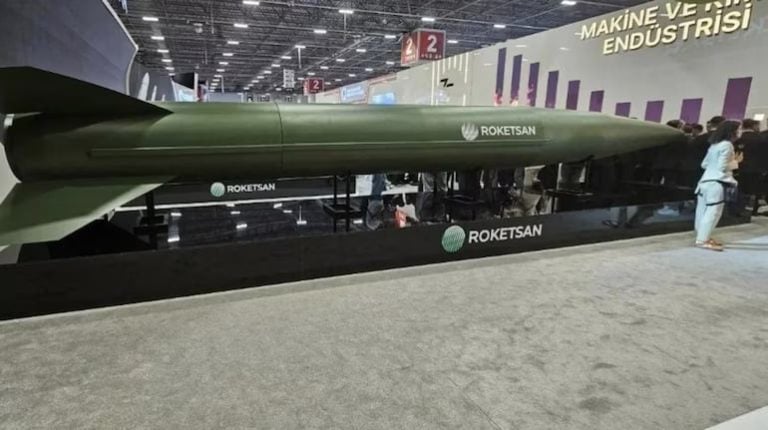Prime Minister Narendra Modi’s recent visit to Adampur Air Base has once again spotlighted this pivotal military installation, strategically situated in Punjab, close to the India-Pakistan border. As India grapples with evolving regional security challenges and continues its military modernization, the significance of Adampur Air Base has only intensified.
Historical Context
Established in the early 1950s, Adampur Air Base is the second-largest air force station in India, playing a crucial role in the country’s military aviation history. Its strategic location near Jalandhar has allowed it to act as a frontline defense outpost during significant conflicts, notably the Indo-Pakistani wars of 1965 and 1971.
The base originally emerged as No. 305 Wing and was later rebranded as No. 8 Wing in 1956. Its establishment was aligned with the Indian Air Force’s post-independence expansion strategy, aimed at bolstering air defense capabilities, especially along the western front.
Significant Military Engagements
During the 1965 Indo-Pakistani War, Adampur faced significant challenges when Pakistani forces launched preemptive airstrikes. Although the strikes were repelled, the confrontation underscored the base’s strategic importance. In a notable incident, local villagers bravely captured enemy commandos attempting to land near the airbase.
Adampur further solidified its military significance during the 1971 conflict, where it played a critical role in launching offensive operations against Pakistani positions. Aircraft from the base supported ground troop advances and ensured air superiority, showcasing its capability for sustained operational readiness.
Modern Strategic Relevance
The airbase’s location has established it as a key asset for rapid response against potential threats along the western frontier. Adampur is part of a network of Indian air force installations that enhance surveillance and operational coordination.
The recent deployment of advanced systems such as the S-400 Triumf air defense system further underscores its strategic relevance. This state-of-the-art missile defense system significantly enhances India’s capabilities to monitor and combat aerial threats, effectively extending India’s air defense coverage into Pakistani airspace.
Recent Operations
Adampur Air Base played a crucial role during Operation Sindoor, where the Indian Air Force conducted precision strikes on terror camps across the border. Equipped with frontline fighter aircraft, the base was instrumental in maintaining air superiority during these operations. Following initial strikes, Pakistani forces retaliated with missile and drone attacks aimed at Indian airbases, including Adampur, but these threats were successfully intercepted, demonstrating the effectiveness of the base’s air defense measures.
Concurrent to these developments, Pakistan’s air force made unsubstantiated claims about damaging India’s S-400 system, which were debunked through satellite imagery and contradicted by Modi’s visit, emphasizing that the base remained operational and intact.
Prime Minister Modi’s Visit
The Prime Minister’s visit was significant symbolically, reinforcing India’s commitment to national security amidst ongoing tensions with Pakistan. Modi’s interactions with IAF personnel highlighted the government’s appreciation for their bravery and dedication. During the visit, the Prime Minister was briefed on the security situation and operational logistics, reaffirming the base’s critical role in countering threats from adversaries.
Defense analysts interpreted Modi’s presence as a message of strength to potential adversaries, underscoring India’s readiness to respond decisively to any provocations. This visit served as a morale booster for the armed forces and demonstrated a resolute stance against any form of terrorism or military escalation.
Adampur Air Base, with its rich history, strategic location, and current operational capabilities, continues to be an indispensable element of India’s defense strategy, embodying both resilience and readiness in the face of external challenges.



















